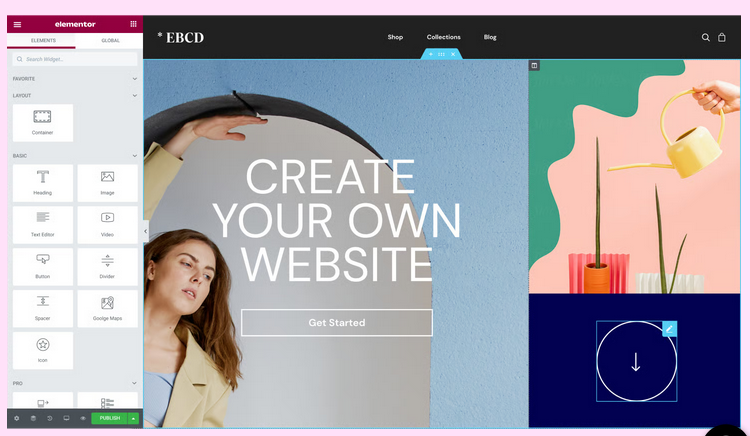Figma to WordPress has sparked a revolution in the web design industry, and by leveraging the combined strengths of these two platforms, web designers have achieved remarkable results. In this article, we will explore real-life case studies that demonstrate the power and impact of Figma to WordPress conversion.
Contents
Case Study 1: eCommerce Redefined
Client: FashionHub, an emerging online fashion retailer.
- Challenge: FashionHub faced the challenge of rapidly updating their product catalog with the latest trends. Their existing web design process was time-consuming, making it difficult to stay ahead of the competition.
- Solution: By integrating Figma with WordPress, FashionHub streamlined their design workflow significantly. Designers used Figma to create visually appealing product pages and category layouts. The seamless export of Figma designs as SVGs ensured that the website maintained its responsiveness, irrespective of the user’s device.
- Results: With the new Figma to WordPress integration, FashionHub could launch new collections promptly. The website’s mobile responsiveness and improved user experience resulted in higher conversion rates, driving a 30% increase in sales within the first quarter.
Read: Migrating From Shopify To WooCommerce
Case Study 2: Enhancing User Experience for a Non-Profit
Client: GreenEarth, a global environmental conservation organization.
- Challenge: GreenEarth’s website lacked a cohesive design, leading to a subpar user experience. They needed an efficient way to revamp the site without compromising on visual appeal.
- Solution: The design team at GreenEarth harnessed the power of Figma to create a stunning visual redesign for their website. With Figma Styles, they established a consistent and aesthetically pleasing design system. Integrating Figma’s designs directly into WordPress was seamless, thanks to the native support for SVGs.
- Results: The Figma to WordPress integration transformed GreenEarth’s website into a visually captivating platform. The improved user experience led to increased engagement and a 20% rise in online donations, supporting their noble cause.
Read: WordPress Website Development Cost: Factors To Consider
Case Study 3: Collaborative Education Platform
Client: EdutechConnect, an innovative online education platform.
- Challenge: EdutechConnect faced challenges in coordinating their design and development teams. Their iterative design process was time-consuming, delaying the introduction of new features.
- Solution: Integrating Figma and WordPress revolutionized EdutechConnect’s collaboration process. Designers worked in Figma, creating interactive prototypes and user interface designs. Developers effortlessly imported these designs into WordPress, cutting down development time significantly.
- Results: With the streamlined Figma to WordPress workflow, EdutechConnect reduced their feature release cycle by 50%. The platform’s user-friendly interface and seamless navigation garnered positive user feedback, contributing to a 40% increase in user sign-ups.
Related: Unlocking A World Of Figma To WordPress Resources
Conclusion
These case studies serve as concrete evidence of the power of Figma to WordPress integration. From e-commerce success stories to enhanced user experiences for non-profits and collaborative educational platforms, the benefits are undeniable. Businesses and organizations that embrace this integration can unleash the full potential of their web design projects, reaping rewards in the form of increased sales, engagement, and user satisfaction. So, why wait? Embrace Figma to WordPress integration today and witness the transformation of your web design endeavors.




